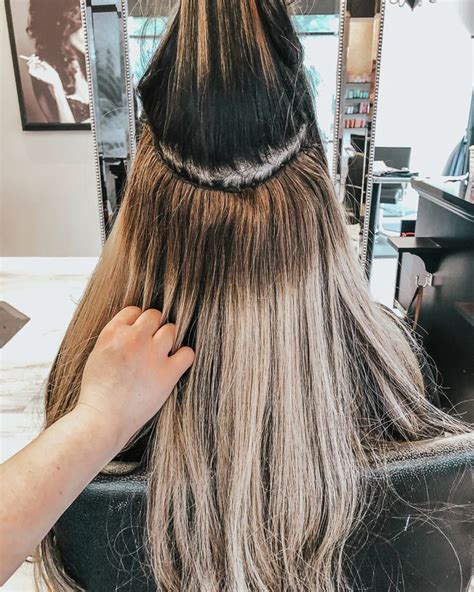What are Tie-In Extensions?
Tie-in extensions are a type of Google AdWords extension that allows you to promote additional products or services alongside your main ad. This can be a great way to increase your ad’s visibility and click-through rate (CTR), as well as to drive sales for complementary products.

Why Use Tie-In Extensions?
There are several benefits to using tie-in extensions:
- Increased visibility: Tie-in extensions can make your ad more noticeable in search results, which can lead to more clicks and traffic to your website.
- Improved CTR: Tie-in extensions can make your ad more relevant to users, which can lead to a higher CTR.
- Increased sales: Tie-in extensions can help you drive sales for complementary products, which can boost your overall revenue.
How to Create Tie-In Extensions
Creating tie-in extensions is easy. Simply follow these steps:
- Sign in to your Google AdWords account.
- Click on the “Ads & extensions” tab.
- Click on the “Extensions” sub-tab.
- Click on the “Tie-in extensions” tab.
- Click on the “Create new tie-in extension” button.
-
Enter the following information:
- Headline: The headline of your tie-in extension.
- Description: The description of your tie-in extension.
- Image: The image that you want to display with your tie-in extension.
- Destination URL: The URL of the page on your website that you want users to be taken to when they click on your tie-in extension.
-
Click on the “Save” button.
Tips for Using Tie-In Extensions
Here are a few tips for using tie-in extensions effectively:
- Use relevant tie-ins: Make sure that the products or services that you promote with your tie-in extensions are relevant to the main product or service that you are advertising.
- Use concise copy: Keep your tie-in extension copy concise and to the point. You only have a limited amount of space, so make sure that your message is clear and easy to read.
- Use strong images: Use high-quality images that are relevant to your tie-in extensions. This will help to make your ads more visually appealing and encourage users to click.
- Test different tie-ins: Experiment with different tie-ins to see which ones perform the best. You can track the performance of your tie-in extensions in your Google AdWords account.
3 Common Mistakes to Avoid When Using Tie-In Extensions
Here are 3 common mistakes to avoid when using tie-in extensions:
- Using irrelevant tie-ins: Don’t promote products or services that are not relevant to the main product or service that you are advertising. This will only confuse users and make your ads less effective.
- Using too much copy: Don’t overload your tie-in extensions with too much copy. Keep your message concise and to the point.
- Using low-quality images: Don’t use low-quality images that are not relevant to your tie-in extensions. This will make your ads look unprofessional and discourage users from clicking.
Why Tie-In Extensions Matter
Tie-in extensions can be a valuable tool for businesses that want to increase their visibility, CTR, and sales. By following the tips outlined in this article, you can use tie-in extensions to improve the performance of your Google AdWords campaigns.
6-8 FAQs
1. How much do tie-in extensions cost?
Tie-in extensions are free to use.
2. How many tie-in extensions can I use?
You can use up to 4 tie-in extensions per ad.
3. Can I use tie-in extensions with all types of ads?
Tie-in extensions are available for all types of Google AdWords ads, including text ads, image ads, and video ads.
4. How do I track the performance of my tie-in extensions?
You can track the performance of your tie-in extensions in your Google AdWords account.
5. What are some good examples of tie-in extensions?
Some good examples of tie-in extensions include:
* A shoe store that promotes socks with its shoe ads
* A travel agency that promotes tours with its flight ads
* A restaurant that promotes desserts with its entree ads
6. How can I come up with new ideas for tie-in extensions?
One way to come up with new ideas for tie-in extensions is to use the “Product Grouping” tool in Google AdWords. This
